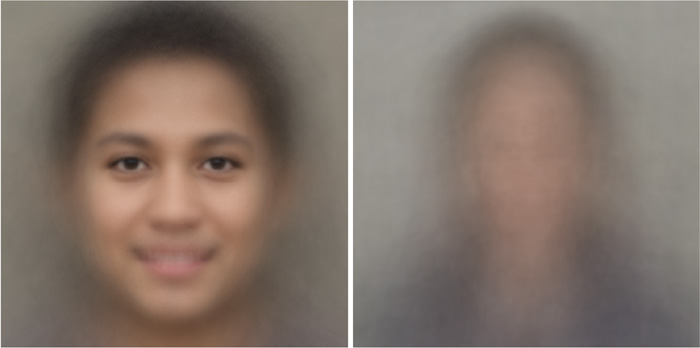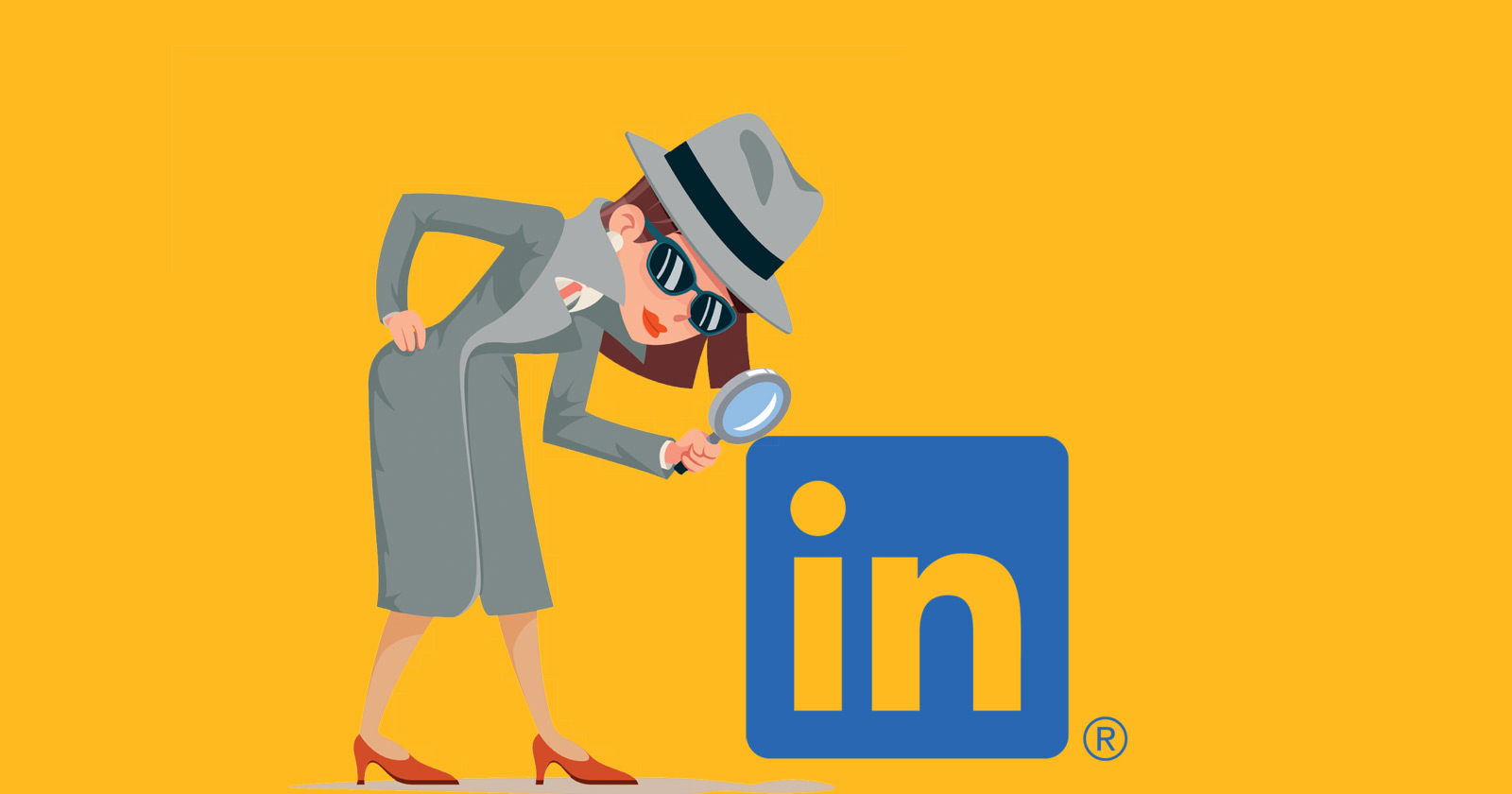LinkedIn has developed a new AI image detector research concept that has a 99% success rate in catching fake profile photos, with a 1% false positive rate. According to anecdotal evidence, their new detector actually works.
According to an engineer at LinkedIn who shared information with us, LinkedIn’s current photo detection models have a lower false positive rate while maintaining a high true positive rate.
Fake LinkedIn Profiles
There are many reasons why people create fake LinkedIn profiles.
For some members of the affiliate search marketing community, one reason for fake profiles is the perception that Google will trust a site if the article authors have links to a LinkedIn profile in their author bios.
This idea springs from the Google’s encouragement that content should have what is known as E-E-A-T, Experience, Expertise, Authoritativeness and Trustworthiness.
For others the motivation is to create a more trustworthy-looking website for visitors to their websites.
This is not meant to condone those practices, I discourage them.
This is just to explain that the practice is happening and why it’s happening.
The advent of the ability to create profile images with AI has made it easier to create fake profiles, which exponentially exacerbated an already huge problem.
Reports about fake LinkedIn Profiles published in 2022 noted that LinkedIn detected and removed 21 million fake accounts in the first half of 2022.
Anecdotal evidence shared by an affiliate marketer who deployed fake LinkedIn profiles confirms that LinkedIn’s AI image detector has greatly improved their ability to catch fake accounts.
According to LinkedIn:
“We are constantly working to improve and increase the effectiveness of our anti-abuse defenses to protect the experiences of our members and customers. And as part of our ongoing work, we’ve been partnering with academia to stay one step ahead of new types of abuse tied to fake accounts that are leveraging rapidly evolving technologies like generative AI.”
Fake Accounts Hard To Spot
LinkedIn is constantly updating their systems to detect multiple kinds of unwanted activity such as fake profiles, account takeovers and content policy violations.
The introduction of AI generated images has made it next to impossible to detect fake images if you don’t know what to look for.
LinkedIn identifies “artifacts” that are the hallmark of fake AI profile images.
Most people don’t know how to spot AI images so it’s easy for people to mistake a fake account for a real one.
LinkedIn shared:
“With the rise of AI-generated synthetic media and text-to-image generated media, fake profiles have grown more sophisticated.
And we’ve found that most members are generally unable to visually distinguish real from synthetically-generated faces…”
How LinkedIn Catches AI Generated Content
A characteristic of artificially created images is that they all share similar patterns, what LinkedIn calls structural differences.
Real images don’t share structural components.
LinkedIn shared an example of a composite of 400 artificial images and 400 real images.
The composite of the fake images shows that areas around the eyes and nose tend to be highly similar.
The composite of the real images shares nothing in common with any of the other images so the composite is blurry.
 Screenshot of image by LinkedIn
Screenshot of image by LinkedInThe results of their research is impressive.
LinkedIn shares:
“True positive rate (TPR) is the percentage of synthetic photos that are correctly classified as synthetic.
False positive rate (FPR) is the percentage of real photos that are incorrectly classified as synthetic.
Our approach is able to detect 99.6% (TPR) of synthetic StyleGAN, StyleGAN2, and StyleGAN3 faces, while only incorrectly classifying 1% (FPR) of real LinkedIn profile photos as synthetic.
For the benchmark results in our research paper we chose a 1% FPR target, because–for real-world applications on a large professional network–it is important for AI-generated image detection models to catch most of the synthetic images, while only rarely classifying a real image as synthetic.”
How Effective is the LinkedIn AI Detector In the Real World?
The affiliate marketer with the fake LinkedIn profiles shared that LinkedIn was able to catch 100% of their fake LinkedIn profiles.
They shared their experience with me:
“As an affiliate marketer, having LinkedIn profiles for my fake persona was a great way to get credibility for my authors.
It was especially helpful for HARO link building, as reporters tend to link more often to sites with people with a LinkedIn profile.
Over the past few months, 90% of my profiles have been suspended by LinkedIn.
Unfortunately, now I have to find another method to add credibility to my authors and make them look legit.”
LinkedIn continues to improve their ability to catch fake profiles. The ability to create a fake profile just got even harder.
Read the original announcement:
New Approaches For Detecting AI-Generated Profile Photos
Featured image by Shutterstock/Meilun





